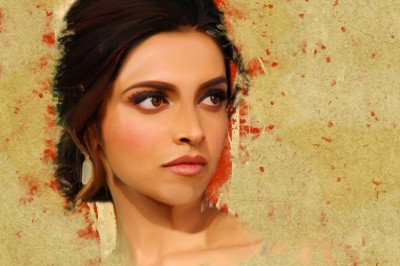Cotton Saree - Origin and Evolution
Indian Sarees are illustrious among women across the world. The main forte of wearing a Saree is that it accentuates the beauty of a woman. Generally, the length of Saree is between 5 to 5 and half meters. According to their ethnicity and customs, Indian women wear the Saree in different styles.
The Saree has its birth in both South and North India. The word sari was taken from the Prakrit word sattika as written in the most primitive Jain and Buddhist texts. The first known portrayal of the saree in Indian is the figurine of an Indus valley priest wearing a drape. In early Indian tradition and the Natya Shastra (an ancient Indian treatise describing ancient dance and costumes), the navel of the Supreme Being is considered to be the starting place of existence and creativity; hence the midriff is to be left uncovered by the saree.
The Cotton printed sarees gives a pure comforting ease. Cotton Sarees are the most preferred sarees for Indian Women. You can exploit cotton sarees in your every day wear especially during the summer months. Cotton sarees are worn in holi, diwali, dussehra, lohri, baisakhi and all the other festivals of our country. Indian Cotton sarees can also be worn to the workplace, worn by teachers while going to schools/colleges, lady doctors and housewives in their daily wear.
The Indian subcontinent is the abode for the Cotton produce. The skill of weaving and dyeing of cotton was recognized in India some 5000 years ago. Every state has its own time-honored cotton weaving practice. Every state of India has its own aboriginal area of expertise in cotton fabric, each different in weaves, textures, motifs, printing techniques and colours.
The famed cotton sarees area wise are as follows:
 The jamdani cotton sarees from West Bengal and Uttar Pradesh are well-liked and they follow the customary patterns.
 Then there are the Sambalpuri, Bomkai and Vichitrapuri cotton saris of Orissa. These sarees come in a multiplicity of colours and traditional motifs enthused by nature.
 Chanderi Sarees in Madhya Pradesh are excellent cotton sarees with a silk warp and cotton weft.
 Maheshwari sarees of Madhya Pradesh are either unadulterated cottons or silk/cotton mix, with check patterns being the forte.
 Hyderabad is well-known for its antique cotton weaving practice. The Venkatgiri fine cotton saris are created here, which are idyllic for summers. These sarees are primarily in off-white colour and adorned with dull golden motifs.
 Nander in Andhra Pradesh is renowned for its fine eminence of cotton sari ornately worked in gold thread with silk border.
 Pochampalli sarees of Andhra Pradesh are woven with the ikat patterns, where the yarn is pre dyed based on pattern before weaving.
In Tamilnadu, the cotton sari patterns closely resemble the silk ones. The significant centers like Kanjeevaram, Salem, Pudukottai and Madurai. These centres in the South are well-known for cotton weaves with motifs & checks laid on the body. The border & pallav are worked with thread or zari weaves. Kerala has begun weaving cotton sarees lately. Its field is the Karalkudi sarees of unbleached cotton with rich broad gold borders and pallus. We also have the tie and dye cotton sarees from Rajasthan and Gujarat. Women folk meticulously craft these multihued saris, tying every lone thread by hand and then dying in vivacious and bright colors. There are also other cotton sarees like the Ikat sarees of Karnataka and the Narayanpet sarees of Andhra Pradesh etc.
We also have other varieties of cotton sarees like Handloom cotton saree, cotton printed sarees, cotton sarees with embroidery and Zari work. Apart from conventional and traditional collections of saris for middle and old-aged women, stylish sarees for the youth are available in the Indian Market. Handloom khadi sarees are also weaved in India. The customary Indian cotton weaving revolves around Khadi. Khadi is a fabric woven manually using handspun yarn only. Handlooms that produce Khadi weave cotton in such a manner that the interweaving of threads provides utmost passageway of air to the body, thus creating a cooling outcome, making Khadi a perfect summer wear.
Earlier, sarees in India were woven by the weavers only by using cotton, because, then, people did not know any other raw material except cotton to weave Sarees with. Like every trade in India is progressing day-by-day, radical changes have occurred in the Saree industry too. Now, our designers are crafting the latest Sarees by using an assortment of raw materials and putting their labors to add more allure to the Indian Saree. However, the allure of our Indian cotton saree is timeless. The Cotton printed sarees indeed give a classy, feminine, refined and elegant look to any lady.






















